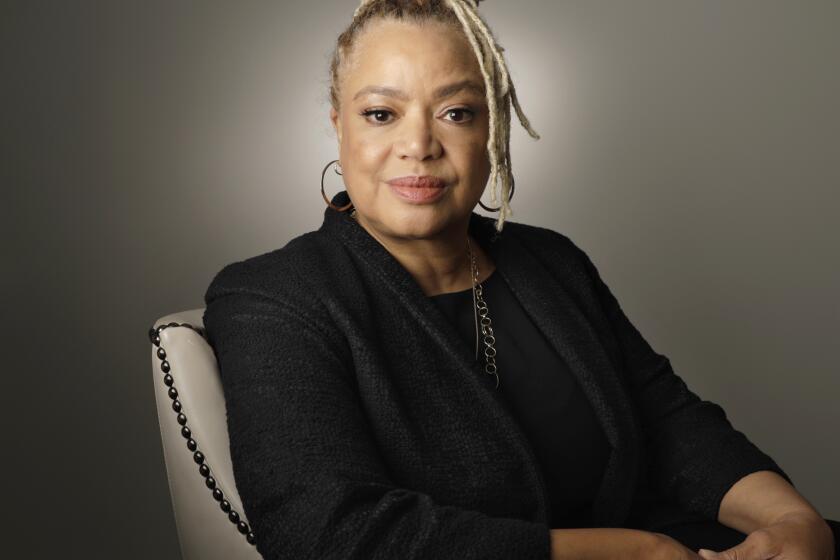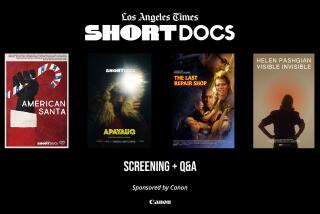Time’s Up launches a database of diverse film and TV critics and journalists
Time’s Up has officially launched Critical, a database of underrepresented film and television critics and reporters, in an effort to push for greater diversity and inclusion in entertainment media.
The organization celebrated the database’s debut Friday morning with a group of nearly 80 journalists, publicists and executives at the Griffin Club Los Angeles in Cheviot Hills.
Ngoc Nguyen, interim head of Time’s Up Entertainment, said, “Time’s Up was a moment that has become a movement, and it is because of moments like this, where people are gathered with purpose.”
The idea for Critical roots back to a conversation in 2018 between Annenberg Inclusion Initiative founder Stacy Smith and actresses Brie Larson and Tessa Thompson. The chat inspired Smith’s first study about the gender, race and ethnicity of film critics, which revealed that reviewers are overwhelmingly white and male — an inaccurate reflection of the world at large, or the audience that consumes Hollywood’s content.
The number women directing top-grossing movies rose to the highest level since 2007, with the percentage of female directors doubling since 2018, indicating that Hollywood is making modest progress in its efforts to diversify its ranks.
Larson highlighted the issue in a headline-making speech later that year, and numerous film festivals have pledged to grant accreditation to journalists with underrepresented backgrounds. Additionally, review-aggregation sites like Rotten Tomatoes have made efforts to diversify their group of certified contributors.
Created with a grant from the Nathan Cummings Foundation, Time’s Up Critical aims to make it all easier.
The new database hosts profiles of underrepresented critics and journalists and invites media outlets, studios, networks, talent and film and television critics associations to find and contact them for screenings, interview junkets and publishing opportunities.
By expanding the pool of voices to critics and journalists of underserved communities, Time’s Up predicts that more films and TV shows will have a chance to find their audiences, and the collective dialogue around visual storytelling will become more robust and nuanced.
It’s an overdue change that’s necessary to parallel the increasingly diverse stories being told on screen, Smith said.
“The hundred top-grossing films, based on my research, have changed. A new day is being ushered in, and a lot more needs to happen, and if we don’t have critics connecting those stories … [with] those audiences, they’re left out to participate in ways that are very important,” explained Smith, also one of the founders of the inclusion rider.
“We need to do a lot more, and quickly, particularly with the state that the world is in right now.”
More to Read
The biggest entertainment stories
Get our big stories about Hollywood, film, television, music, arts, culture and more right in your inbox as soon as they publish.
You may occasionally receive promotional content from the Los Angeles Times.








